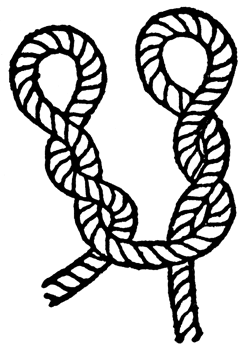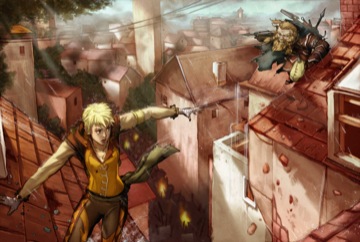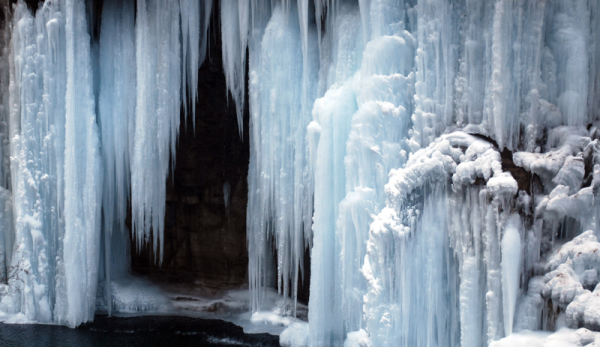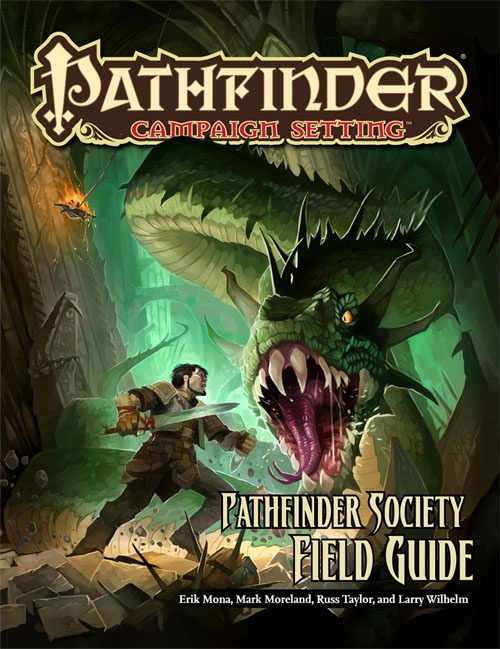
Author(s): Erik Mona, Mark Moreland, Russ Taylor, Larry Wilhelm
Audience: GM/Players
Price: Print – $19.99 / PDF – $13.99
Pages: 64
Overall: 2.5/5
What is in this book
Pathfinder Society Field Guide is a 64 page book that is part of the Pathfinder Campaign Setting series of books from Paizo. The book provides insight to the Pathfinders of the Pathfinder Society. This includes a brief look at Absalom, home of the Pathfinder Society the Grand Lodge. The book also includes information on the ten factions within the Pathfinder Society, various archetypes available for the three main branches of the organization, various threats a Pathfinder is apt to face, additional rules for day jobs, professions and other areas and of course many new adventuring items, magic items and spells.
The first section is a short two page section that gives a little background on the Pathfinder Society and broad details on how it is organized. It also includes a short section on the organized play system Paizo supports of the same name – Pathfinder Society.
Tacked on to the end of this section is an explanation of Day Jobs, how an adventurer can earn gold when they aren’t actively on a Pathfinder Society mission. It also covers Prestige and Fame in the Pathfinder Society Organized Play campaign. Prestige and Fame are awarded from the faction you choose for your character in Pathfinder Society Organized play. Fame acts as an upper level purchase limit and Prestige are services you faction might be able to provide by spending Prestige points.
Next up is an eight page section on Absalom. Absalom houses the headquarters of the Pathfinder Society and is likely to see a Pathfinder spend time there at some point during their career. This section includes a map of Absalom and shows the city districts within the city proper. Within each city district three areas are highlighted in slightly more detail. Examples include playhouses, various schools and colleges, flooded tunnels, and more. A portion at the end is dedicated highlighting five siege castles that circle the city from sieges laid upon the city in the past.
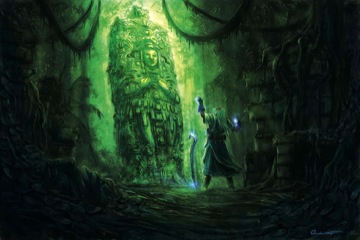 The next section delves into the ten factions of the Pathfinder Society, though it gets started first with more information on Fame and Prestige. This information is applicable for either Pathfinder Society Organized Campaign Play or for borrowing in your own Golarion campaign.
The next section delves into the ten factions of the Pathfinder Society, though it gets started first with more information on Fame and Prestige. This information is applicable for either Pathfinder Society Organized Campaign Play or for borrowing in your own Golarion campaign.
Each one page faction section includes a one line “motivation” of the faction, who the current leader is, a little about what a pathfinder of that faction would be like, what type of actions would gain a Pathfinder fame with that faction and an example of prestige awards one might receive with that faction. The ten factions within the Pathfinder Society are Andoran, Cheliax, Grand Lodge, Lantern Lodge, Osirion, Qadira, Sczarni, Shadow Lodge, Silver Crusade, and Taldor. These factions provide a place for nearly any type of character concept you might have for Pathfinder Society Play.
The section on Pathfinder Society Archetypes starts with further defining the Pathfinder rank system touched on during the introduction to the book. The ranks include Field Operatives, Venture-Captains, and the Decemvirate. The section continues covering the three branches of the Pathfinder Society – the Scrolls, the Spells, and the Swords. A summary is given of each branch and who the current master is at the Grand Lodge in Absalom. Each branch also receives two new archetypes appropriate to that branch.
The Field Guide section of the book outlines some of the principal organizations in Golarion that might oppose the Pathfinder Society. The rest of the chapter identifies eighteen common hazards a Pathfinder is apt to encounter during their career along with suggestions in handling such encounters. Examples include bureaucrats, dangerous wildlife, traps of various sorts, restless dead, and more.
And finally we come to the Society Resources section of the book. First up is new equipment, including the introduction of adventuring kits and some clockwork items. The rope and sunrod receive some new equipment tricks, several new magic items are introduced, and thirteen new spells.
The final portion of the Society Resources chapter covers Vanities. Vanities are flavor for a character to use and are obtained by spending Prestige Points. Example vanities are businesses, followers, memberships, property, and wayfinder enhancements. There are a handful of examples given for each category.
Thoughts about the book
The artwork in the book is up to normal Paizo standards invoking a wonderful sense of another world through the various pieces in the book.
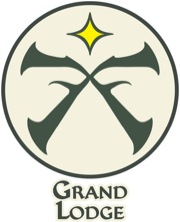 This book is part of the Pathfinder Campaign series and has a good amount of fluff in it with crunch mixed in for those that are always in search of new items, spells and add-on rules. The fluff was good, always providing more depth to Golarion while leaving plenty of hooks for a GM to fill his or her gaming night’s with fun.
This book is part of the Pathfinder Campaign series and has a good amount of fluff in it with crunch mixed in for those that are always in search of new items, spells and add-on rules. The fluff was good, always providing more depth to Golarion while leaving plenty of hooks for a GM to fill his or her gaming night’s with fun.
The crunch portions of the book had some hits and misses. I really liked the adventuring kits for the simplicity it brings to equipment purchasing by providing an option to purchase in a bundle. The spells were okay and there were a couple of interesting magic items.
There were equipment feats, I’m not really a big fan of those, but some might like them. Several of the optional add-on rules for Prestige, Fame, and Vanities were not really things I would incorporate to my home campaign. It certainly helps to have them explained and options listed for Pathfinder Society Organized Play though.
Overall, while I enjoyed reading this book, I think it was trying to hit too many target readers. It seemed a mix between more information for Pathfinder Society Organized play and an actual campaign book to give people more information about the Pathfinder Society in the world of Golarion. This mix gave it somewhat of a disjointed feel.
I think the book should have focused more on either Pathfinder Society Organized Play people or more on informing Golarion GMs about how the Pathfinder Society worked in Golarion. Rather it came across as trying to accomplish both which I felt made it a weaker book.
Final Rating
I would rate the book a 2.5 out of 5 for both the fluff and crunch portions of the book and give it an overall rating of 2.5 out of 5. Paizo sets the bar high for their products and what I have come to expect from them. This one just didn’t quite hit that bar they have set for themselves.
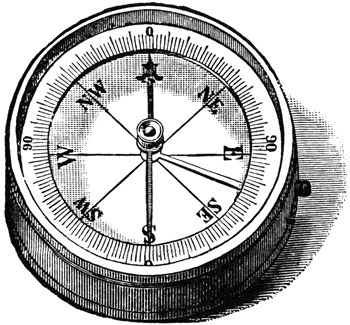 I am most familiar with the 3.x/Pathfinder skill systems, but I believe these thoughts can apply equally as well to the 4e system. With that said, I am one of those that actually like the skill resolution system brought forth with the 3.x version of D&D. I think that is in a large part though because I treat them as guidelines, not as set in stone DCs.
I am most familiar with the 3.x/Pathfinder skill systems, but I believe these thoughts can apply equally as well to the 4e system. With that said, I am one of those that actually like the skill resolution system brought forth with the 3.x version of D&D. I think that is in a large part though because I treat them as guidelines, not as set in stone DCs.  I am most familiar with the 3.x/Pathfinder skill systems, but I believe these thoughts can apply equally as well to the 4e system. With that said, I am one of those that actually like the skill resolution system brought forth with the 3.x version of D&D. I think that is in a large part though because I treat them as guidelines, not as set in stone DCs.
I am most familiar with the 3.x/Pathfinder skill systems, but I believe these thoughts can apply equally as well to the 4e system. With that said, I am one of those that actually like the skill resolution system brought forth with the 3.x version of D&D. I think that is in a large part though because I treat them as guidelines, not as set in stone DCs. 

